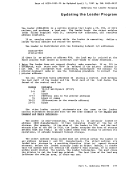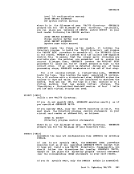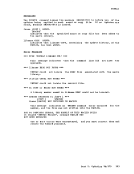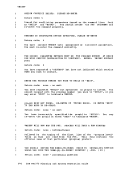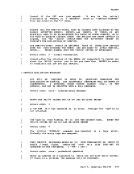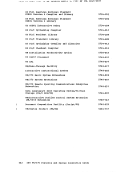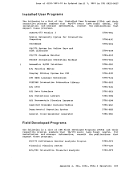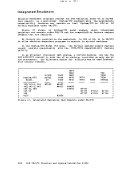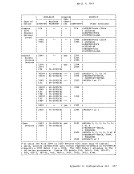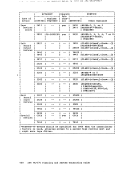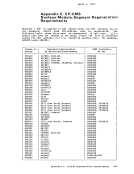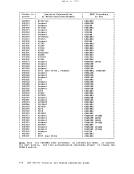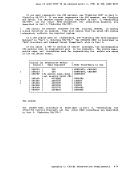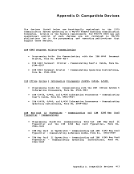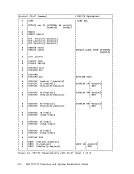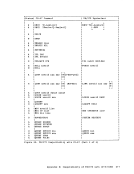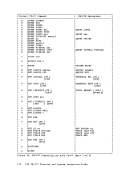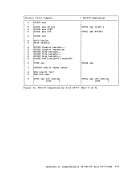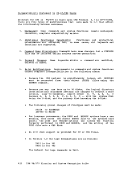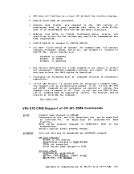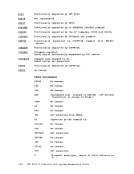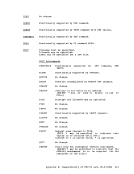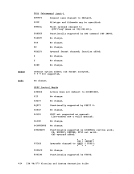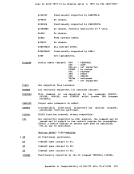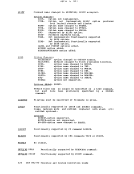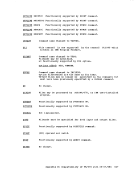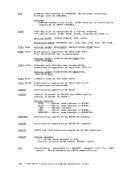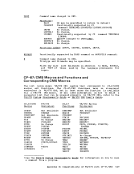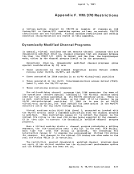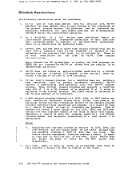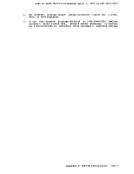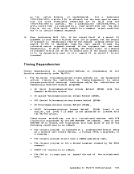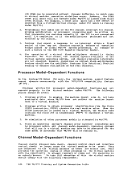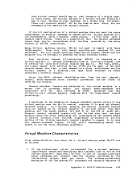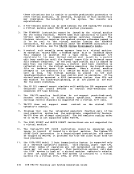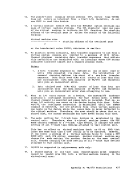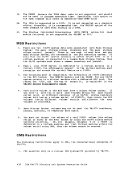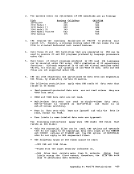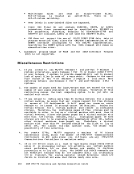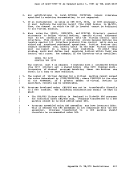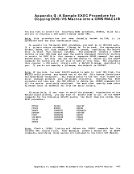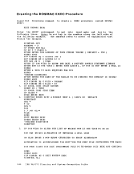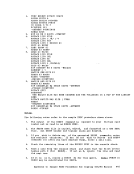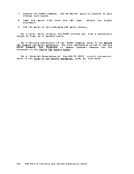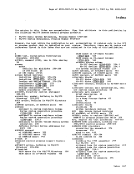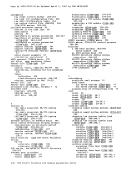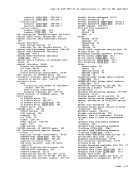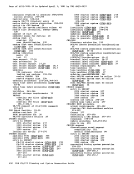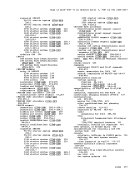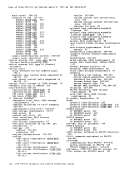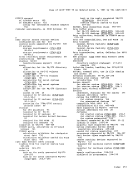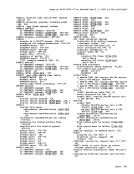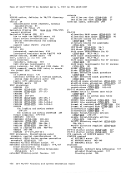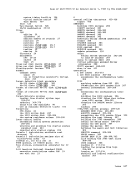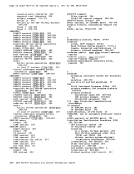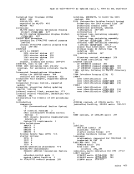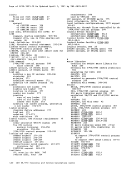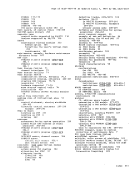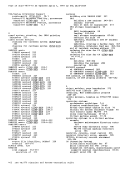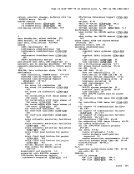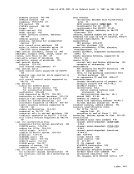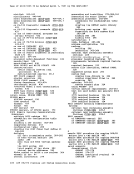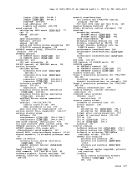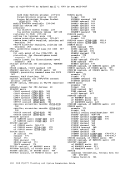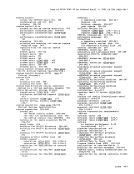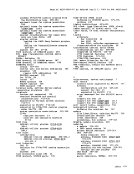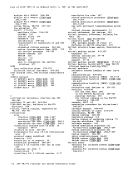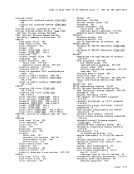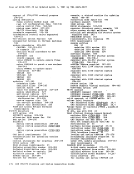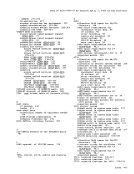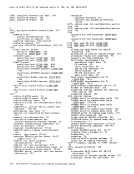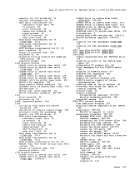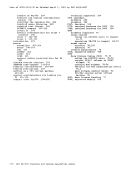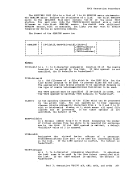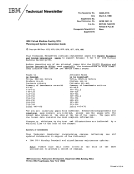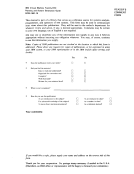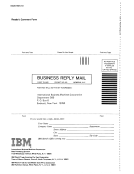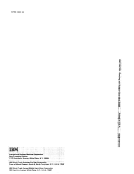starter Systems INVOKE THE GENERATE EXEC PROCEDURE When all the files are placed in the reader, invoke the GENERATE EXEC procedure by issuing the following command:
generatevm370 This procedure invokes the VM/370 directory program to build the
disk-residentVM/370 directory, then assembles the DMKRIO and DMKSYS files that you placed in the real card reader. GENERATE prompts you for
the filename of your directory file with the message
ENTERDIRECTORY FILENAME
Enter the name you specified in the directory deck.
After the directory program execution completes, theDMKRIO and DMKSYS files are assembled in preparation for building the new CP system
nucleus.G'P.NER.TF. +hen check!=; fnr and source files.. 9.'her.. new versions of the DMKFCB and.DMKSNT modules are provided, GENERATE
assembles the new modules and replaces the corresponding starter system
supplied modules with the new modules. If any errors occur while theVM/370 directory is being built, the directory program issues error
messages and the GENERATEEXEC procedure issues the following message: CORRECT THE DIRECTORY CARDS AND RELOAD THE CARD READER RESPOND WITH: GENERATE DIRECT
Correct the errors in the directory program control statements, and
reload the card reader with only the ID card, the :READ statement, and
the directory program control statements. Then respond with:
generate direct
If errors are detected while theDMKRIO, DMKSYS, DMKFCB, or DMKSNT files are assembling, GENERATE issues a similar message: CORRECT THE filename ASSEMBLE FILE AND RELOAD THE CARD READER RESPOND WITH: GENERATE filename
Correct the errors in the
with only the ID card, the
Then, issue the GENERATE
example:
generate dmksys
indicated file, and reload the card reader
:READ statement, and the appropriate file.
command with the appropriate option. ForStep 17. Attached Processor Support and
Virtual=Real Machines Once the directory is built and the files are assembled, the GENERATE EXEC asks:
AREYOU GENERATING AN AP SYSTEM?--(RESPOND YESINO) followed by: VIRTUAL=REAL OPTION REQUIRED (YES, NO) : Your responses to these questions will determine the CNTRL file and
loadlistEXEC necessary to correctly build your system.
246IBM VM/370 Planning and System Generation Guide
generate
disk-resident
the filename of your directory file with the message
ENTER
Enter the name you specified in the directory deck.
After the directory program execution completes, the
nucleus.
assembles the new modules and replaces the corresponding starter system
supplied modules with the new modules. If any errors occur while the
messages and the GENERATE
Correct the errors in the directory program control statements, and
reload the card reader with only the ID card, the :READ statement, and
the directory program control statements. Then respond with:
generate direct
If errors are detected while the
Correct the errors in the
with only the ID card, the
Then, issue the GENERATE
example:
generate dmksys
indicated file, and reload the card reader
:READ statement, and the appropriate file.
command with the appropriate option. For
Virtual=
ARE
loadlist
246





















































































































































































































































































































































































































